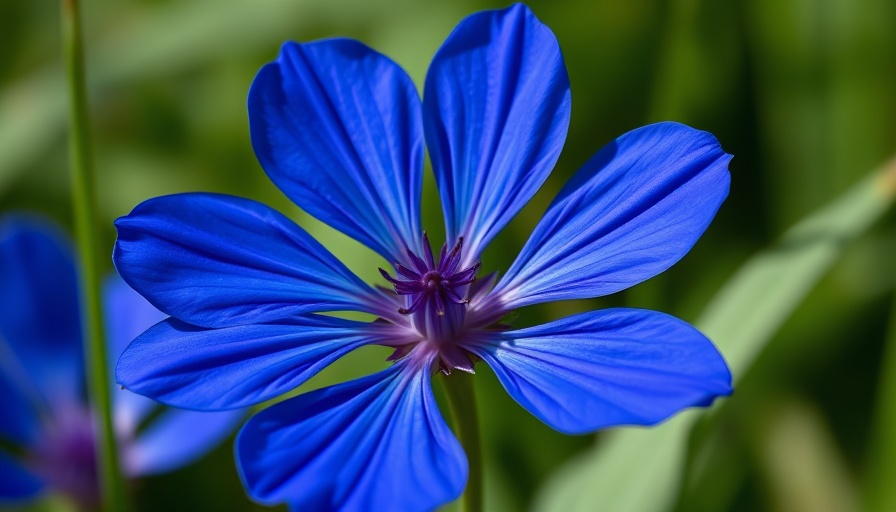
Embrace the Beauty of Ephemeral Blooms
In the world of gardening, there exists a special kind of beauty known as ephemeral blooms. These short-lived flowers, like the elusive Night-Blooming Cereus and vibrant Morning Glories, offer breathtaking displays that captivate those fortunate enough to witness them. Their fleeting nature serves as a poignant reminder to appreciate the transient moments that life presents to us. Gardeners can create dynamic outdoor spaces by incorporating these stunning varieties, turning traditional flower beds into living canvases filled with surprise and delight.
Night-Blooming Cereus: A Nocturnal Wonder
The Night-Blooming Cereus, or Epiphyllum oxypetalum, rightfully earns its title as the "Queen of the Night." This striking cactus produces large, fragrant flowers that bloom only once a year, captivating all who venture outside to witness its magical evening display. The delicate blossoms, which unfurl under the moonlight, hint at a mystery that resonates with many. Though the blooms only last until dawn, the anticipation and reliance on vigilance for this event foster a connection between the gardener and their landscape, making it all the more rewarding.
The Allure of Evening Primrose
Welcome to the world of Evening Primrose (Oenothera species), another perfect example of short-lived enchantment. These flowers open gracefully each evening and close at dawn, creating a spectacle that showcases nature's artistry at twilight. Individual blooms may only last for a few hours, but their continuous production throughout the growing season allows for an unbroken chain of stunning floral displays. Not only do they add beauty to your garden, but they also serve medicinal purposes, making them a multifaceted addition to any flower bed.
Morning Glories: A Bright Start to Every Day
Morning Glories (Ipomoea purpurea) are the epitome of vitality with their vibrant spectrum of colors greeting each day. These plants uncoil and bloom in the early hours, their trumpet-shaped flowers dazzling viewers before wilting by noon. However, they offset their brief lifespan by producing new blooms daily, ensuring your garden remains lively and colorful from late spring to early fall. Each dewy morning invites a fresh beauty, making for an engaging and joyful gardening experience.
Dayflower: Nature's One-Day Wonders
For fans of delicate charms, Dayflowers (Commelina species) provide the ideal ephemeral touch. These delightful spring flora produce blooms that last just one day, with their exquisite three-petaled flowers opening at sunrise and gone by sunset. Even though individual blossoms are short-lived, the plant’s ability to produce a continuous array of flowers through the growing season delights gardeners eager to witness their unrelenting glory in a range of environments, including woodlands and meadows.
Dragon Fruit Cactus: Nighttime Exuberance
The Dragon Fruit Cactus, known for its exotic fruits, offers magnificent blooms that demand attention. Much like the Night-Blooming Cereus, these flowers bloom in the evening and wilt come dawn. Their brief period of splendor may be short, but their pungent fragrance and sheer beauty are unforgettable. The mesmeric fleeting nature of these blooms highlights the intricate dance of life and growth within a garden.
Creating a Dynamic Garden with Ephemeral Blooms
Gardening enthusiasts should embrace the challenge of incorporating ephemeral blooms into their floral displays. Choosing the right combination of plants can produce a stunning tapestry of colors and fragrances that evolve day by day. Consider climate zones, care requirements, and blooming cycles when designing your flower beds to ensure you cultivate a dynamic landscape. Transform your garden into a dazzling exhibit where every flower tells a story and every moment counts.
Make this gardening season unforgettable by planting and nurturing ephemeral beauties that surprise and delight. Their momentary presence teaches us patience, appreciation for subtle beauty, and the value of transient moments, making every bloom—no matter how brief—a cherished experience.
 Add Row
Add Row  Add
Add 




Write A Comment